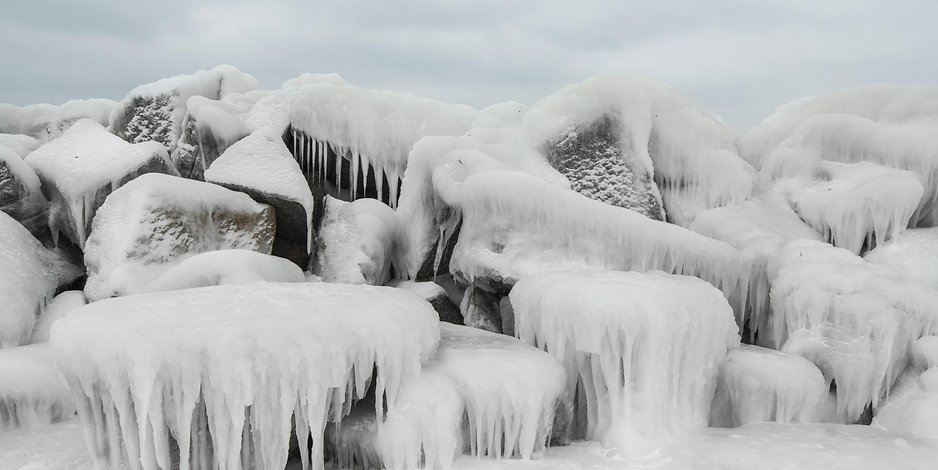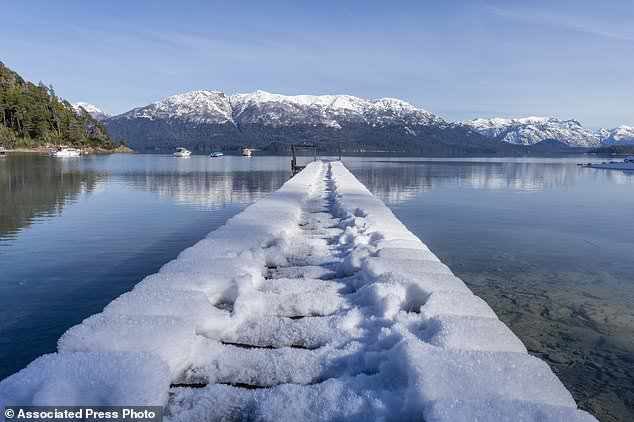
© Westend61
Issued by Environment Canada Saturday 15 July 2017
The following stations set a daily minimum temperature record on July 14, 2017:
Grand Manan
New record of 3.7 (38.7 F)
Old record of 5.0 (41.0 F) set in 1992
Records in this area have been kept since 1883
Saint John
New record of 4.7 (40.5 F)
Old record of 6.1 (43.0 F) set in 1970
Records in this area have been kept since 1871
Newfoundland And LaboradorThe following station set a daily minimum temperature record on July 14, 2017:

Comment: In neighboring Chile 280,000 people lost power this week as extremely cold weather there brought snow to Santiago for the first time in 20 years.